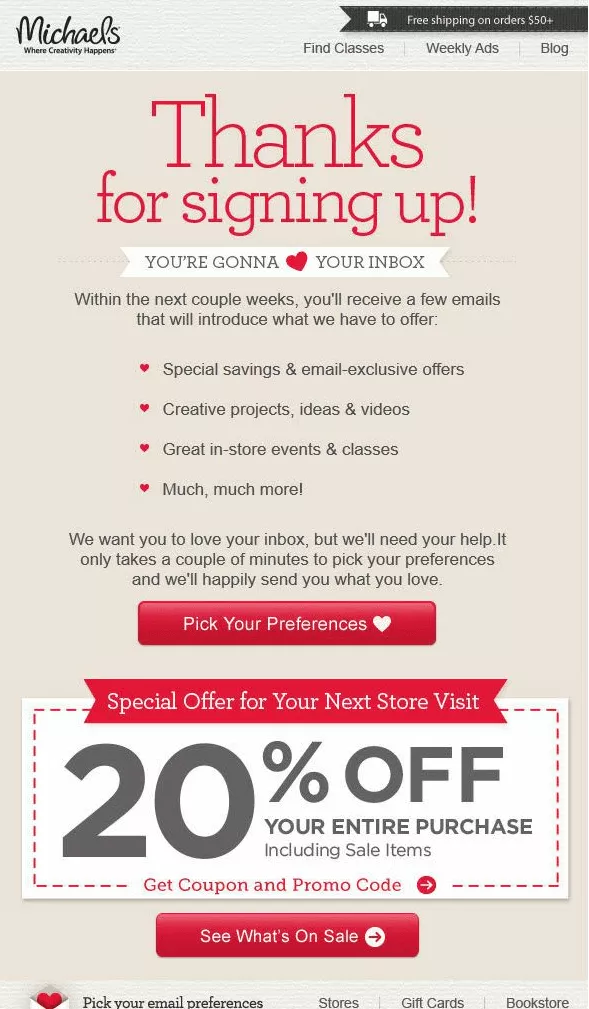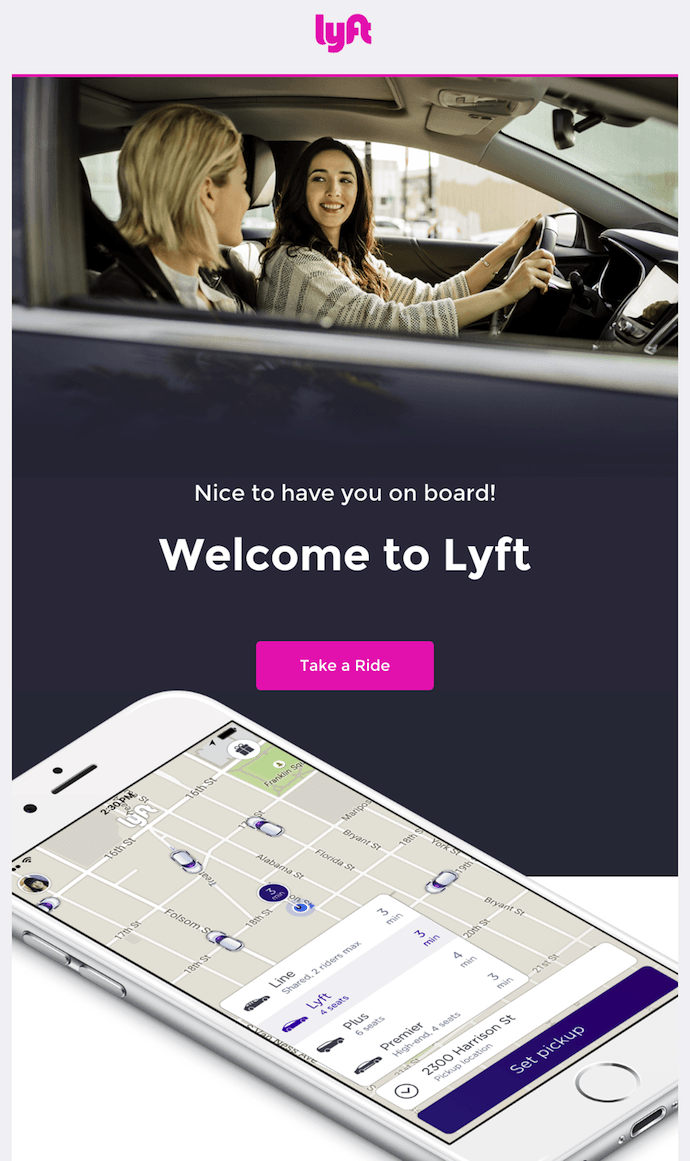- Data Services
- Fraud Prevention
- Solutions
- Resources
- About Us
- Login
- Talk to an expert
- Try us for free
Sep 13, 2022 | 6 min read

A welcome email series is one of the best ways to make a good first impression on your new customers and subscribers all year long, but it’s even more important in the holiday season when you greet floods of new customers.
(See 4 Tips to Make Great First Impressions This Holiday Season for more essential tactics.)
A welcome or onboarding series kickstarts branding, engagement and data-gathering.
It’s an essential first move for any business, especially if you acquire names and email addresses from many different sources.
A welcome email series is a coordinated set of email messages that launch automatically after receiving a confirmed email address. We’re calling it a “welcome series” here, but what you call it should reflect the goals you have for it.
A retailer, for example, could call it a “first-purchase program” because the goal would be to move a new customer to buy for the first time or to persuade a first-time buyer to join your loyalty program or buy again.
A welcome series introduces your new customers to your brand, your email program and the values and benefits they can expect. That’s the first-impression value of your series. A helpful welcome series lets customers know what to expect and will make your brand name stand out in an overcrowded inbox.
But it’s also a great resource for collecting the first-person data you need to know your customers better and to personalize your messages.
Welcome emails generate lots of activity via opens and clicks. That’s the kind of subscriber engagement that can earn you a good sender reputation with ISPs. A recent benchmark study found welcome emails generated an average 86% open rate, a 25% click rate and a 29% click-to-open rate.

Tip 1: Always give your customers something to click on and a reason to click on it. A “Shop Now” link probably won’t be enough to persuade them to click. These links might be more appealing:

Tip 2: Launch your welcome series immediately after confirming the email address at opt-in. Your new customers or subscribers are usually your most enthusiastic, so grab hold and show up in their inboxes while their memory is still fresh.

Tip 3: Start tracking engagement right away. It’s tempting to let your welcome series chug away in the background while you attend to more pressing duties. Keep an eye on those open and click rates, though, and watch for subscribers who don’t act on these emails. That could be an early warning signal for inactivity.
This is where naming your email series according to your goals pays off. A retailer’s first-purchase program can include features like those we listed in Tip 1. These can help new customers feel good about shopping with you, give them an incentive to visit the site, answer questions and otherwise put them in the mood to buy.
But suppose you market for a software-as-a-service company, and you want to persuade your newbies to move from a free service to a paid one, or to upgrade to a higher level of a paid service. Your emails can help them start using your service successfully with quick-start guides, Q&As, troubleshooting tips and links to your user community and help desk service.

Tip: Send more than one welcome email. This delivers two benefits:
The best answer: The data you need to start the customer relationship off right.
Ideally, your opt-in form should deliver several key pieces of information:
Use this data to personalize messages for content, location, previous history with the brand and more.
Many welcome emails give customers a link to fill out preferences, but this can be a hit-or-miss prospect. Instead of sending them to a long, mobile-unfriendly list of interests and demographic information, add a one-click poll to each email in your welcome series that will reveal an interest or preference.
Tip: Use progressive profiling to gather more data. Progressive profiling breaks the data-gathering process into a set of related smaller steps. The answer a customer gives you to one question can drive the content you send in the next email, or you can simply use that data elsewhere, such as your segmentation plan.
That’s probably the most important thing to understand as you build out your email series. Customers are wary about brands that ask for too much data with seemingly little to do with the brand or what they want to achieve.
Strategic data collecting also benefits your own program, too. Building your welcome series around a specific goal will guide you to ask only for relevant data, which you can use to refine your email program.
These are just a few of the ways you can use the data you gather from your welcome series:
Some outdated advice says your welcome email series can double as an email confirmation. That actually can hurt your entire email program! You could end up sending emails to invalid addresses, to phony or throwaway addresses or to spam traps that look legitimate but can trigger a blocklist.
Always use email validation and verification at opt-in first! This will keep invalid and useless addresses out of your database and help maintain the integrity of your mailing list. If you need help with this step, we’d be happy to show you how quickly you can add this to your opt-in process and how it will benefit your entire email program.
An automated welcome series runs in the background while you attend to other business. But you should audit your series regularly – at least every 6 months or so – to make sure it’s working correctly and collecting and reporting the data you need.
Check these potential hot spots:
Now you’re ready to start working on that great first impression!